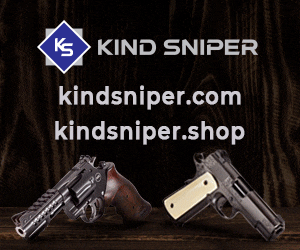Actions aside, when does barrel contour become a point of diminishing returns? Is a light barrel accurate out to 200 yards, with a medium out to 600 yards, and heavy out to 1000+ yards?
Granted, handloading ammunition and free floating the barrel will help accuracy.
Looking to rebarrel a bolt action rifle, and debating between medium and heavy contours.
Q
Granted, handloading ammunition and free floating the barrel will help accuracy.
Looking to rebarrel a bolt action rifle, and debating between medium and heavy contours.
Q


